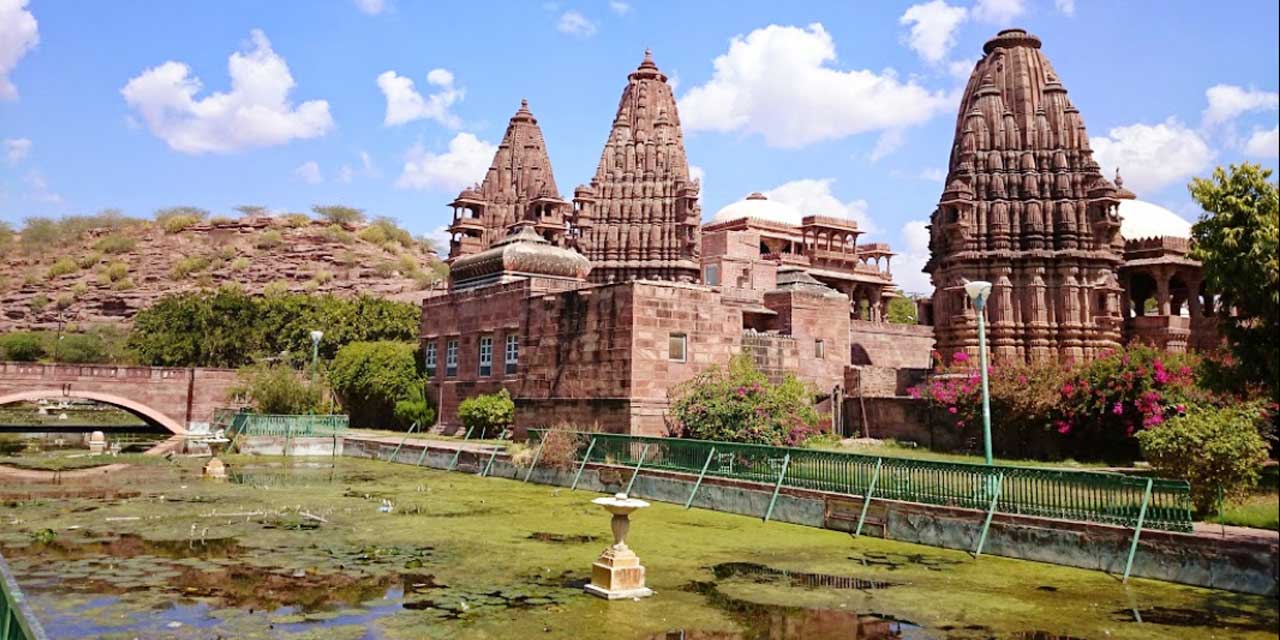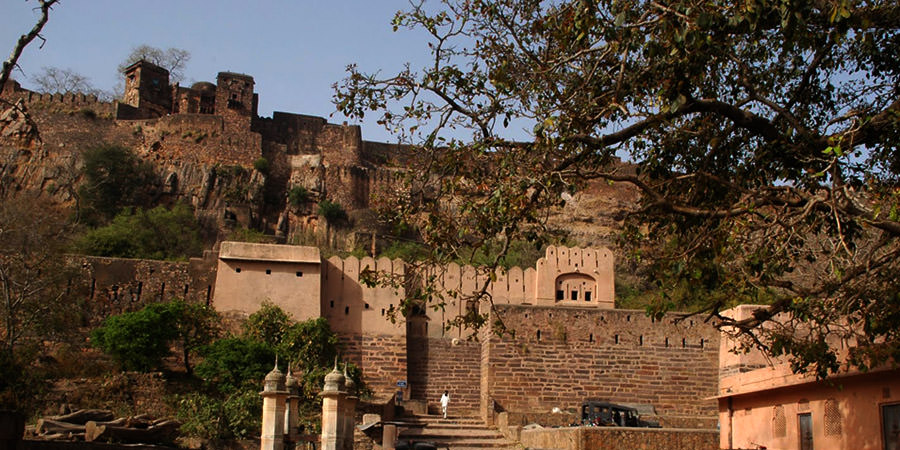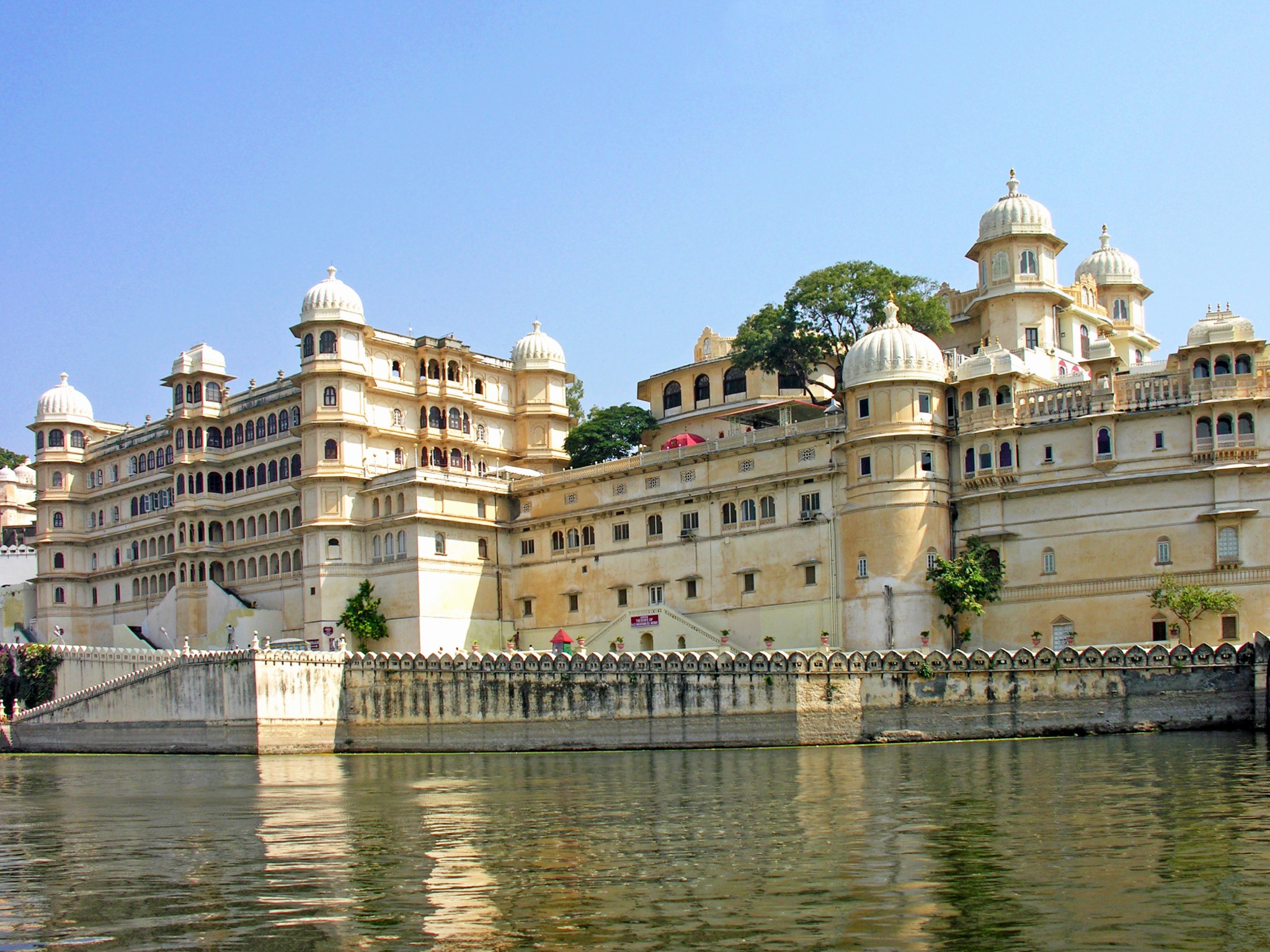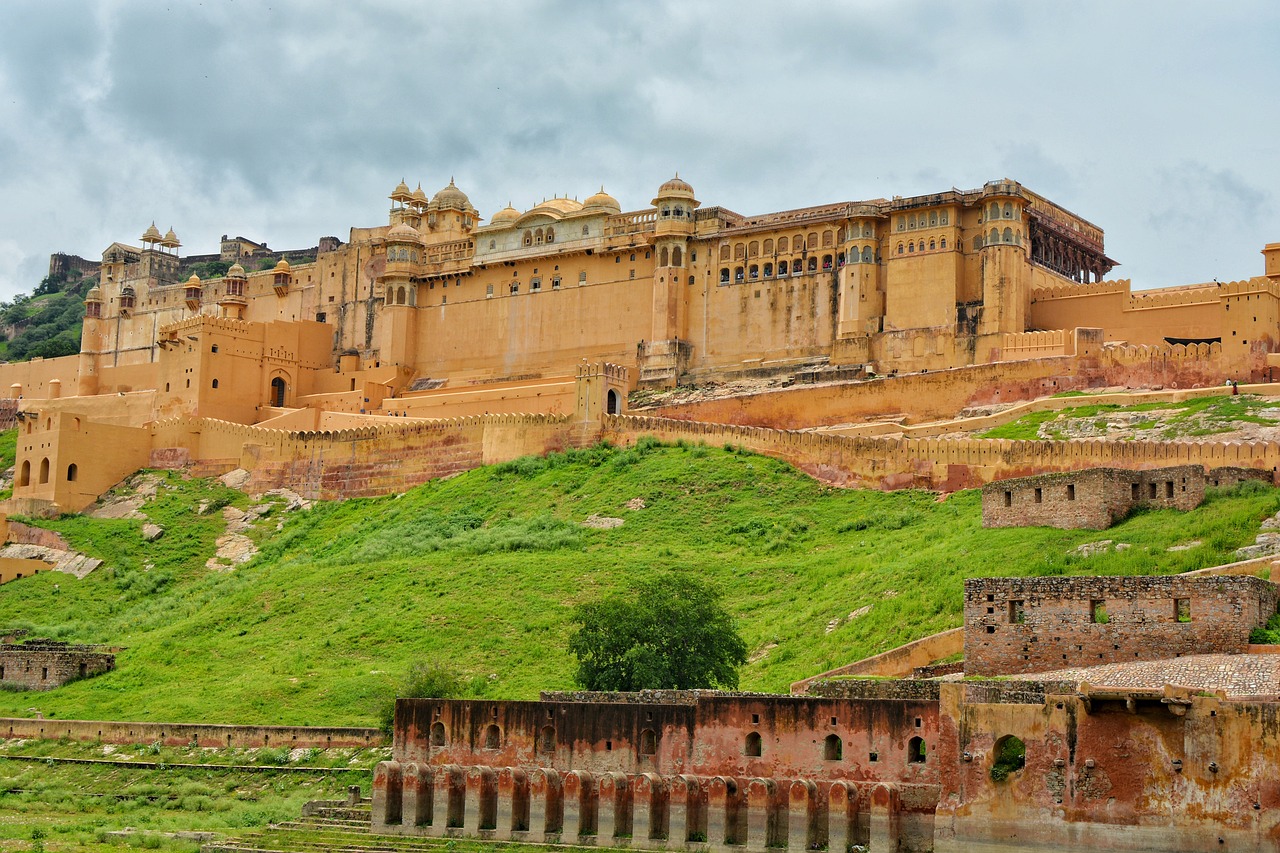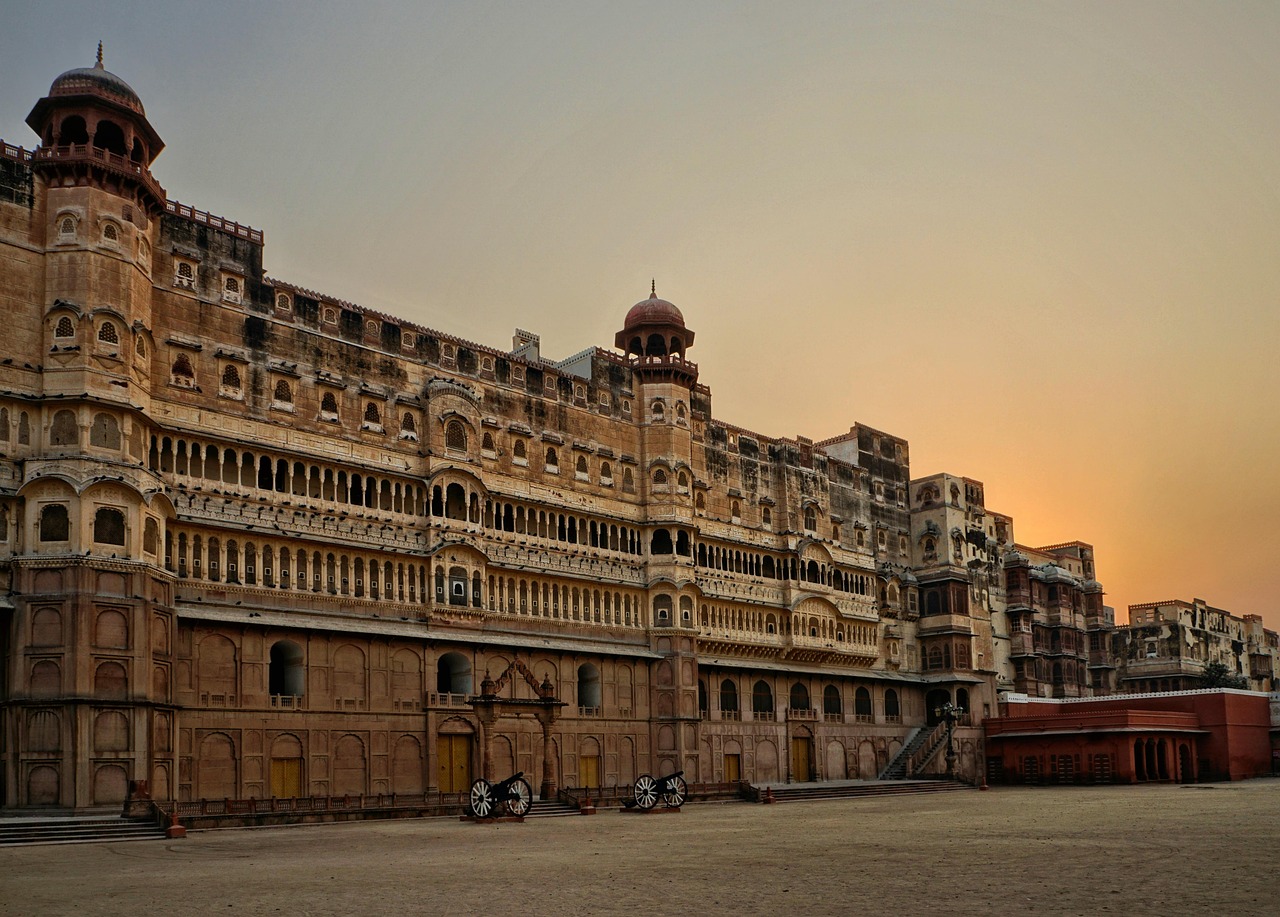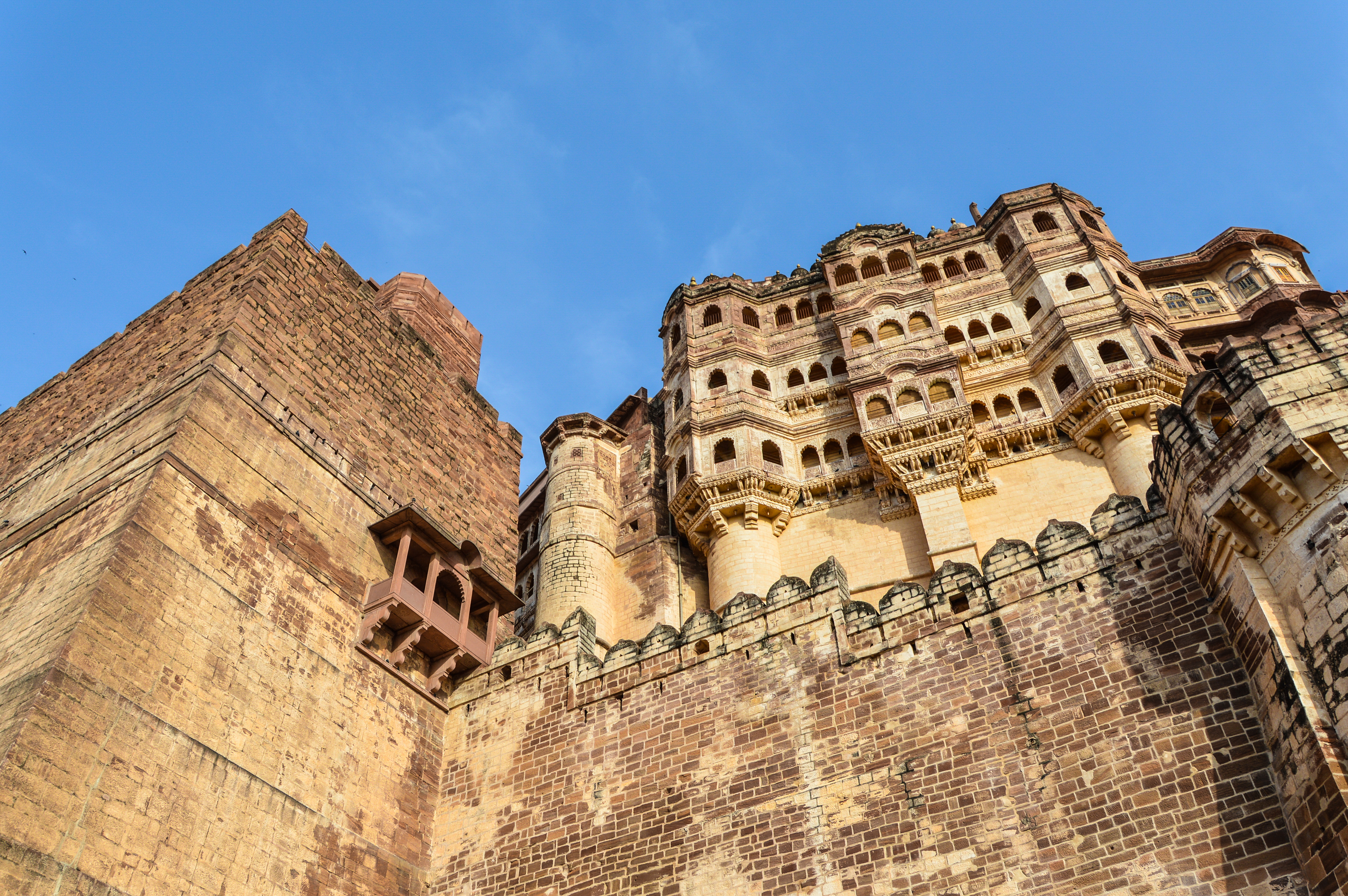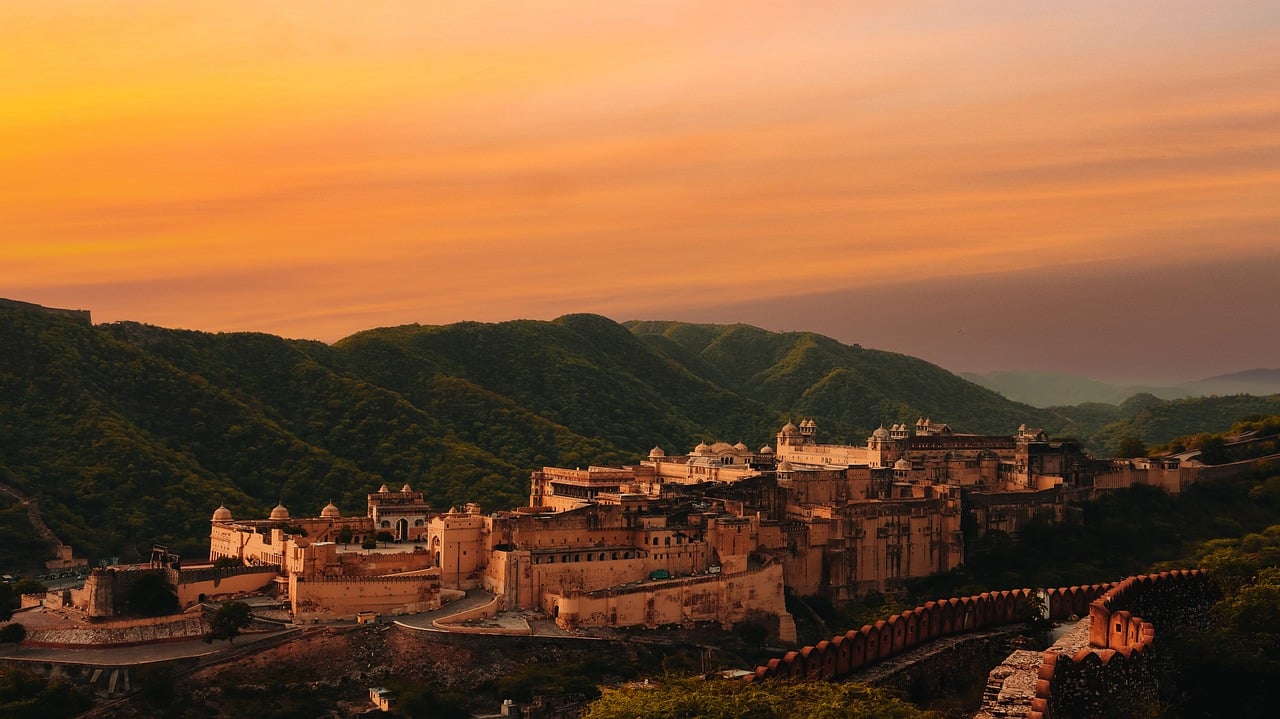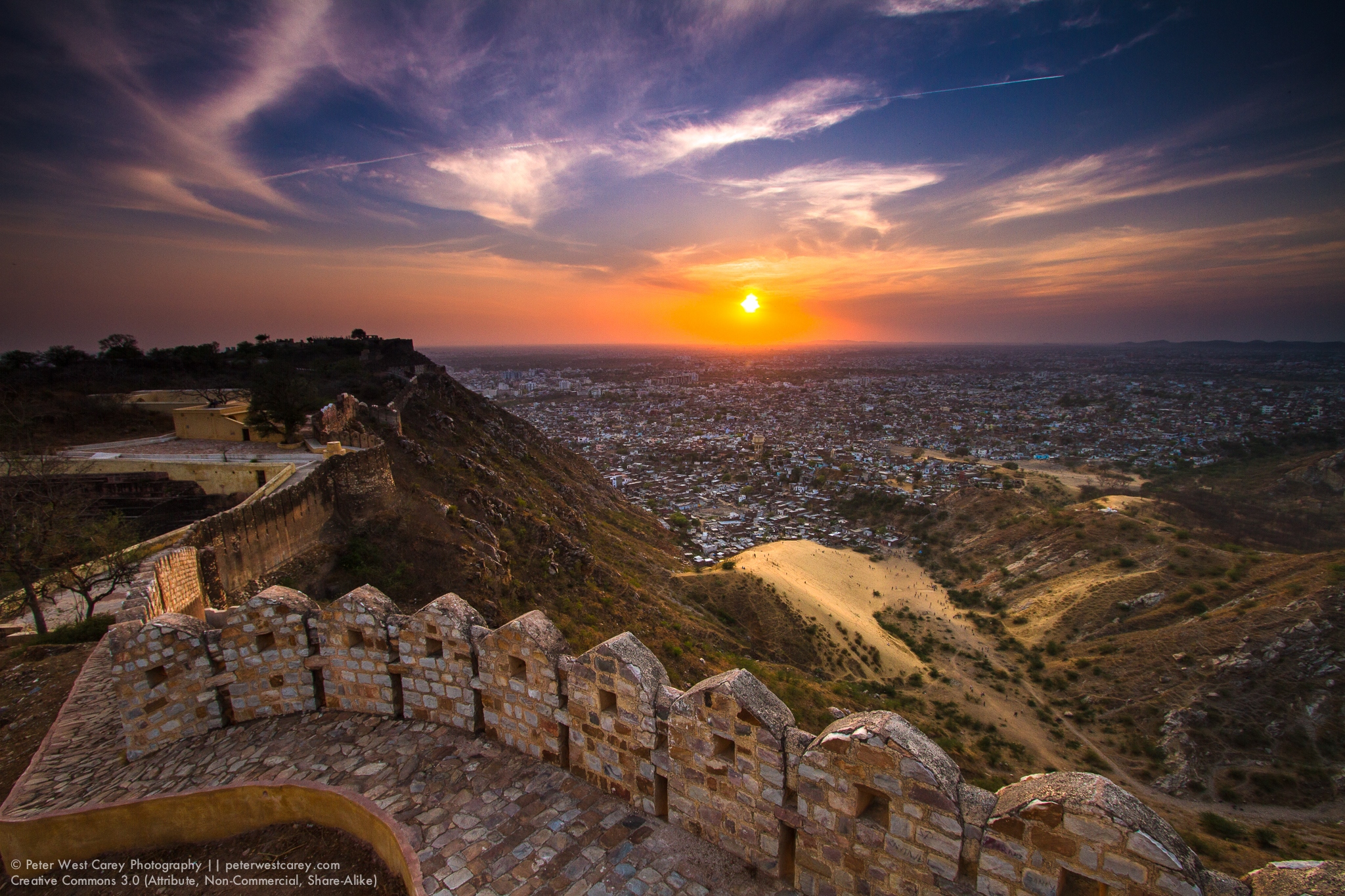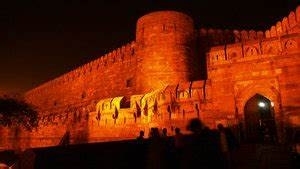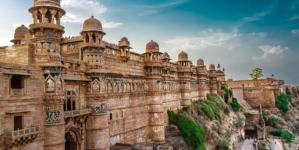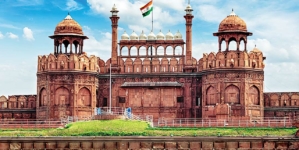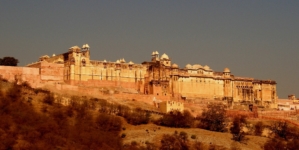Agra Fort: Uncovering the Spooky Secrets of India’s Iconic Fort
The Agra Fort is a majestic and imposing structure that stands as a testament to India’s rich cultural and historical heritage. Built in the 16th century by the Mughal emperor Akbar, the fort is a UNESCO World Heritage Site and is considered one of the most significant landmarks in the country. However, behind the fort’s grandeur and beauty lies a darker side that is steeped in mystery and legend.
The Agra Fort is rumored to be haunted by the spirits of past rulers, prisoners, and other historical figures. Visitors have reported seeing shadowy figures, hearing strange noises, and feeling an eerie presence while exploring the fort’s halls and chambers. These ghostly tales have fascinated and intrigued visitors worldwide, adding to the fort’s allure and mystique.
Contents
A Brief History of Agra Fort
Agra Fort, also known as the Red Fort of Agra, is a UNESCO World Heritage Site located in Agra, Uttar Pradesh, India. The fort was built by the Mughal Emperor Akbar in the mid-16th century and was later expanded by his grandson Shah Jahan, who also built the Taj Mahal in Agra.
The construction of the fort started in 1565, and it took eight years to complete. The fort served as the main residence of the Mughal emperors until 1638 when the capital was shifted from Agra to Delhi. The fort was later used by the British as a military garrison and as a prison.
The Agra Fort is a massive complex with a perimeter of 2.5 kilometers, and it is surrounded by a moat. The fort has four gates, with the main entrance being the Amar Singh Gate. The fort is made of red sandstone and is adorned with intricate carvings and decorations. The fort houses several palaces, including the Jahangir Mahal, the Khas Mahal, and the Sheesh Mahal. The Diwan-i-Khas, or the Hall of Private Audience, is a beautiful chamber made of white marble and was used by the emperors for private meetings.
The Haunted Legends of Agra Fort
There are several stories and legends associated with the Agra Fort that suggest the presence of supernatural entities and ghosts within its walls. Here are a few:
1- The Legend of the Black Taj: It is said that Mughal Emperor Shah Jahan had planned to build a black Taj Mahal for himself opposite the white Taj Mahal. However, his plans were interrupted by his son Aurangzeb, who deposed Shah Jahan and imprisoned him in the Agra Fort. It is believed that Shah Jahan’s spirit still roams within the fort, lamenting his unfulfilled desire.
2- The Ghosts of the Dungeons: The Agra Fort has several dark and dingy dungeons, which were used to imprison political prisoners and enemies of the state. It is said that the spirits of these prisoners still haunt the dungeons, screaming and wailing in agony.
3- The Mystery of the Disappearing Guards: There have been several reports of guards disappearing mysteriously while on duty within the Agra Fort. Some believe that the guards were taken away by supernatural forces, while others speculate that they fell victim to human conspiracies.
4- The Curse of the Kohinoor Diamond: The Kohinoor diamond, which is said to be cursed, was kept in the Agra Fort for a long time before it was taken to England by the British. It is believed that the curse of the diamond still lingers within the fort, and those who try to possess it will suffer misfortune and tragedy.
Ghostly Encounters: Real-Life Stories from Visitors
While there is no concrete evidence to prove the existence of ghosts at the Agra Fort, there have been several reports of ghostly encounters from visitors. Here are a few real-life stories:
1- A group of tourists reported seeing a shadowy figure walking through the halls of the Agra Fort. The figure was described as a tall, dark silhouette that disappeared without a trace.
2- Several visitors have claimed to hear strange noises, such as footsteps, whispers, and screams, coming from the dungeons of the fort.
3- A woman reported feeling a cold breeze and hearing eerie voices while standing near the Diwan-i-Khas chamber.
4- Another visitor claimed to have seen a figure sitting on the throne in the Sheesh Mahal, even though the palace is closed to the public.
5- A tour guide reported feeling a sudden chill and hearing footsteps behind him while walking through the fort.
Exploring the Dark Corners of Agra Fort: A Ghost Tour
While Agra Fort is not commonly associated with ghosts or paranormal activity, there have been stories and legends of spooky occurrences within the walls of the fort. Some of these stories involve the spirits of former residents who met violent ends, such as the Mughal emperor Shah Jahan, who was imprisoned in the fort by his son and successor Aurangzeb.
Visitors who are interested in exploring the dark corners of Agra Fort can take a guided ghost tour. These tours are typically led by local guides who are well-versed in the fort’s history and folklore. During the tour, visitors may hear tales of unexplained footsteps, strange noises, and ghostly apparitions.
While these stories may add to the intrigue and mystery of Agra Fort, it’s important to keep in mind that they are just that: stories. There is no scientific evidence to support the existence of ghosts or paranormal activity, and many of these stories are likely the result of legends and myths passed down through generations.
Whether you believe in ghosts or not, a visit to Agra Fort is sure to be a memorable experience. With its stunning architecture, rich history, and cultural significance, it’s no wonder that this fort is one of India’s most popular tourist destinations.
Debunking the Myths: The Science Behind Haunted Places
While ghost stories and legends are popular, there is no scientific evidence to support the existence of ghosts or supernatural entities. Most alleged haunted places can be explained by natural phenomena, psychological effects, or human perception biases.
Here are some scientific explanations that may debunk some of the myths associated with haunted places:
1- Infrasound: Infrasound refers to low-frequency sound waves below the range of human hearing. Infrasound can cause feelings of unease, anxiety, and fear in people, which may explain some of the reported ghostly encounters in haunted places.
2- Drafts and Airflows: Airflows can create sudden temperature changes, creaking sounds, and other noises that may be misinterpreted as supernatural events. These drafts can also affect people’s perceptions and create a feeling of being watched or followed.
3- Pareidolia: Pareidolia is a psychological phenomenon where the brain sees patterns and shapes in random stimuli, such as shadows or reflections. This may explain why some people see ghostly figures or faces in mundane objects.
4- Human Perception Biases: People tend to interpret events based on their own beliefs and expectations, which can influence their perceptions. This may explain why some people may report ghostly encounters while others do not.
How to Reach Agra Fort
Here are some ways to reach Agra Fort:
1- By Air: The nearest airport to Agra is the Indira Gandhi International Airport in Delhi, which is about 220 km away from Agra. From the airport, you can hire a taxi or take a bus to Agra.
2- By Train: Agra is well-connected by rail to major cities across India. The Agra Fort Railway Station is located near the fort, and many trains stop here.
3- By Road: Agra is connected by road to major cities in Uttar Pradesh and other nearby states. The Yamuna Expressway, a six-lane highway, connects Agra to Delhi, which is about a 3-hour drive away.
Best Time to Visit Agra Fort
The best time to visit Agra Fort is during the winter months, from November to February when the weather is cool and pleasant. During this time, the temperature ranges from 8°C to 20°C, making it comfortable for visitors to explore the fort without being hindered by extreme heat.
Visiting the fort during the summer months, from March to June, can be challenging due to the hot and humid weather conditions, with temperatures ranging from 25°C to 45°C. Monsoon season, from July to September, can also make visiting the fort difficult due to heavy rainfall and high humidity. It’s important to note that Agra Fort is a popular tourist destination, so it’s advisable to plan your visit ahead of time to avoid crowds. It’s also recommended to visit the fort early in the morning or late in the afternoon to avoid the midday heat and crowds.


